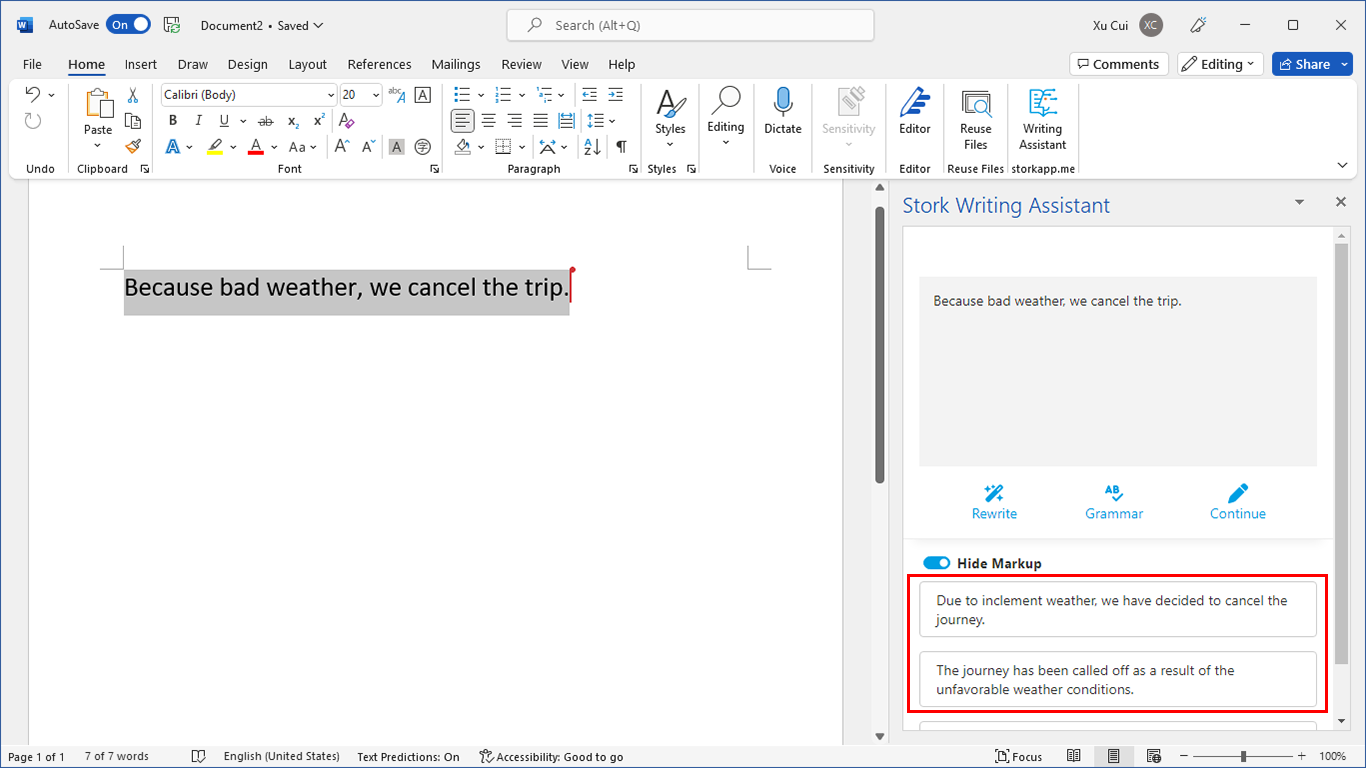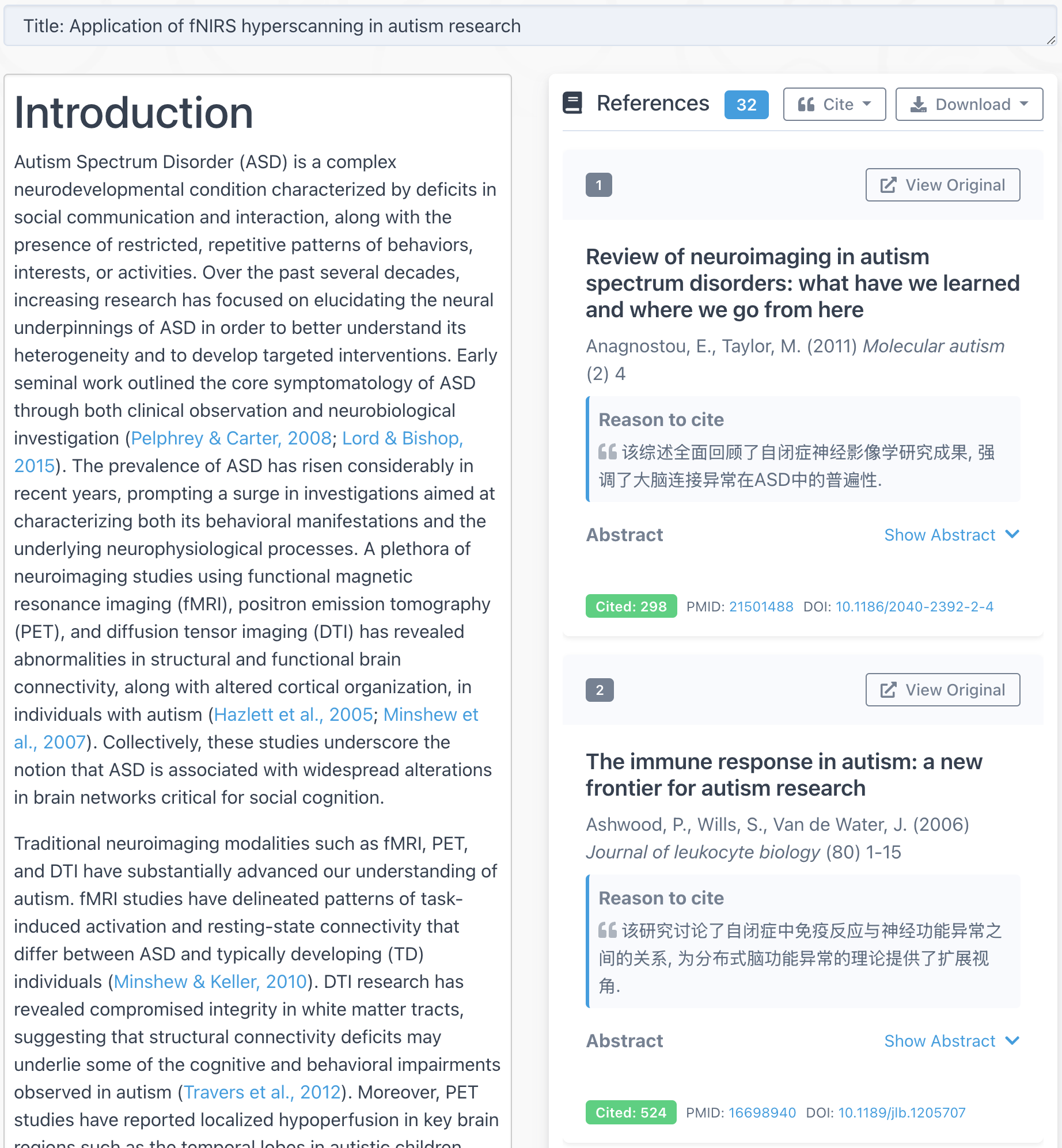
Great news! We just upgraded our Writing Assistant so you can now select “formal”, “semi-formal”, and “casual” as the rewritten style. Usually, when writing papers, we go with a formal style; but when we’re writing emails, we need to make it less formal and use simpler words. Having these different style options is really helpful.
Example:
Before: My name is Ming from X University. I admire your work. I want to study under you next year. Is it OK?
After:
(Formal) As a student from X University, I am deeply inspired by your work and I am interestesd in the prospect of studying under your guidance in the upcoming year. Would this be possible?
(Semi-formal) I’m Ming from X University and I’m a great admirer of your work. Would it be possible for me to study under you next year?
(Casual) Hey, I’m Ming from X University and I’m a big fan of your work. Would it be alright if I studied under you next year?
What did they say?
Do you know that many researchers are using Writing Assistant? Here are some comments from them:
Eric from Stanford: “Writing Assistant is an excellent tool for scientists and researchers to improve the quality of their publication writing. Even though I have very extensive scientific writing experience, I have been using Writing Assistants to edit my papers. I highly recommend Writing Assistant for those whose native language is not English or who lack writing skills and ideas.
Xiaozhe from Caltech: “Writing Assistant not only helps identify and correct grammar and spelling mistakes, but also enhances the overall style and clarity of my writing. It made my manuscript more professional and easy to read. If you are a non-native speaker who wants to write clear and effective academic papers in English, I highly recommend giving this tool a try.
How to use?
You need a Stork account to use/try Writing Assistant. Please go to Stork main page (log in required), scroll down to the Advanced Feature section, and find the “Writing Assistant” icon. Then you may subscribe or try it out.


